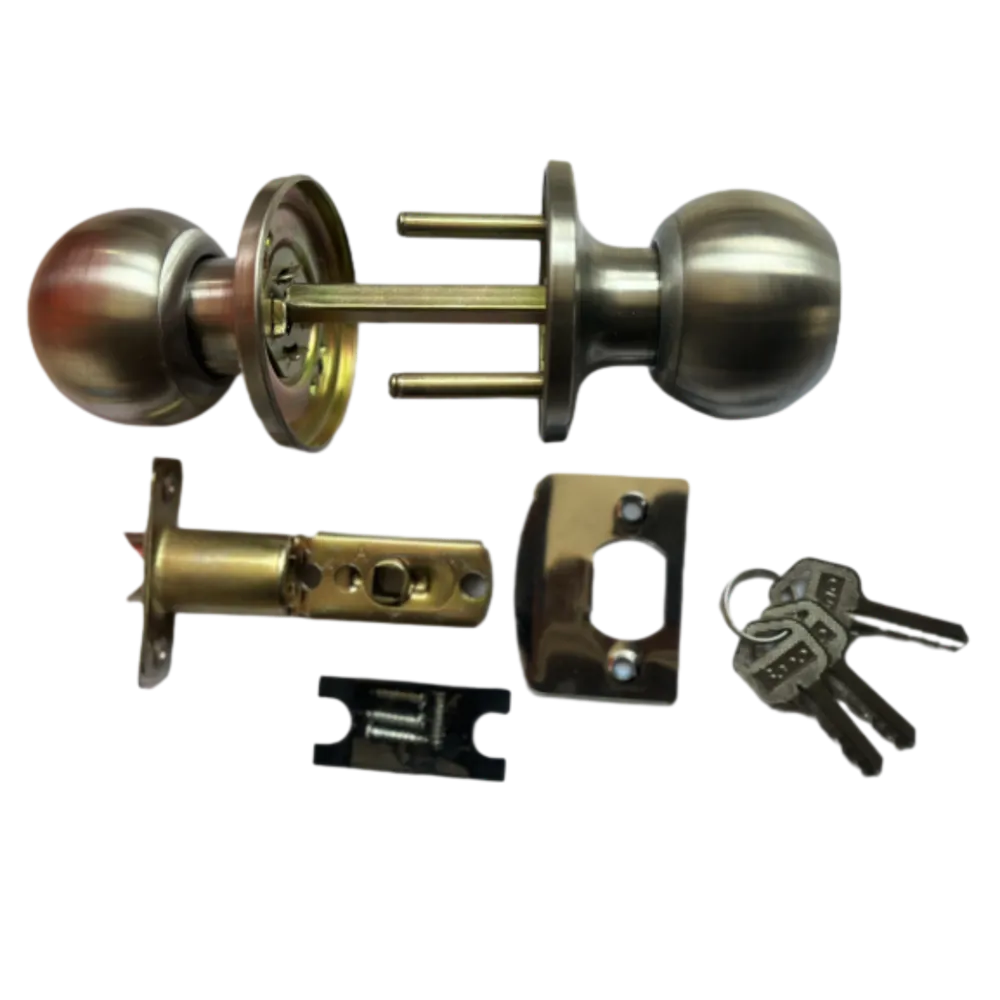pocket door roller replacement
Replacing Pocket Door Rollers A Comprehensive Guide
Pocket doors are a fantastic space-saving solution for homes and offices, allowing flexibility in layouts without the need for traditional swinging doors. However, like any other component, the rollers that enable pocket doors to slide smoothly can wear out over time. When this happens, it’s crucial to replace them to ensure the door operates efficiently. In this article, we will explore the steps involved in replacing pocket door rollers, the tools required, and tips for maintaining your door to extend its lifespan.
Understanding Pocket Door Rollers
Pocket door rollers consist of wheels that allow the door to glide in and out of a wall cavity. Over time, factors like weight, frequent use, and age can lead to wear and tear, resulting in noisy operation or even the door derailing. Recognizing when to replace these rollers is essential for maintaining functionality. Signs that indicate a replacement is needed include uneven sliding, grating noises, or the door falling off its track.
Tools and Materials Needed
Before you start the replacement process, gather the following tools and materials
- Screwdriver (flat and Phillips head) - Pliers - Ladder or step stool (if the door is tall) - Replacement roller set - Lubricant (silicone spray or similar) - Utility knife (for any needed adjustments)
Step-By-Step Guide to Replacing Pocket Door Rollers
1. Preparation First, clear the area around the pocket door. Ensure there is plenty of room to work. Remove any items that may obstruct access to the door.
2. Access the Door Typically, pocket doors are installed in a wall cavity. To replace the rollers, you may need to remove the door from its track. Begin by sliding the door open as much as possible, then look for a mounting screw located at the top of the door.
3. Remove the Door Using a screwdriver, remove the screws that hold the door in place. You may need to lift the door slightly to disengage it from the track, so ensure you have a firm grip on the door as you do this. Carefully pull the door straight out of the pocket.
4. Inspect Existing Rollers Once you have the door out, inspect the existing rollers. Take note of how they are attached and their alignment for easier installation of the new ones.
pocket door roller replacement

5. Remove Old Rollers Using pliers, detach the old rollers from the mounting brackets. Depending on the model, they may just slide out or require unscrewing.
6. Install New Rollers Position the new rollers in the same spots as the old ones. Use the original mounting brackets or install new ones if necessary. Ensure they are securely fastened and properly aligned.
7. Rehang the Door With the new rollers in place, carefully lift the door back into its original position in the pocket. It may require some adjustment to align correctly with the track.
8. Test the System Before securing everything, test the door’s movement. Slide it back and forth to ensure that it glides smoothly without any obstruction or excessive noise. If there’s a problem, you may need to adjust the roller height or alignment.
9. Secure Everything Once you’re satisfied with the door’s operation, finish securing any screws and ensure all components are tightened.
10. Lubricate the Rollers Apply a silicone-based lubricant to the rollers and track. This will enhance the sliding action and help reduce wear on the new rollers.
Maintenance Tips
To keep your pocket door functioning smoothly, regular maintenance is key. Here are a few tips
- Clean the Track Dust and debris can accumulate in the track and hinder door movement. Periodically vacuum or wipe down the track to keep it clean. - Lubricate Regularly Make it a habit to lubricate the rollers and track every few months to ensure fluid motion. - Check Alignment Every once in a while, visually inspect the door alignment and make adjustments if necessary.
Conclusion
Replacing pocket door rollers may seem like a daunting task, but with the right tools and a step-by-step approach, it can be accomplished relatively quickly. By maintaining your pocket doors properly, you can ensure they remain in excellent working condition for years to come, ultimately enhancing your home’s functionality and aesthetic appeal. Remember, while roller replacement can be a DIY project, don’t hesitate to seek professional help if you feel unsure at any point in the process.
-
Why Choose TJJ as Your Window and Door Hardware Manufacturer?NewsOct.28,2024
-
The Advantages of Cast Iron Stove Plates: A Timeless Choice for Your KitchenNewsOct.28,2024
-
Aluminium Windows Profiles: Benefits and FeaturesNewsOct.28,2024
-
Innovations in Cast Iron Panel TechnologyNewsOct.28,2024
-
The Benefits of Customizing Your Wrought Iron Fence PartsNewsOct.28,2024
-
The Immortal Legacy of Cast Iron Spears: From War to Decorative UseNewsOct.21,2024
-
 Why Choose TJJ as Your Window and Door Hardware Manufacturer?Oct-28-2024Why Choose TJJ as Your Window and Door Hardware Manufacturer?
Why Choose TJJ as Your Window and Door Hardware Manufacturer?Oct-28-2024Why Choose TJJ as Your Window and Door Hardware Manufacturer? -
 The Advantages of Cast Iron Stove Plates: A Timeless Choice for Your KitchenOct-28-2024The Advantages of Cast Iron Stove Plates: A Timeless Choice for Your Kitchen
The Advantages of Cast Iron Stove Plates: A Timeless Choice for Your KitchenOct-28-2024The Advantages of Cast Iron Stove Plates: A Timeless Choice for Your Kitchen -
 Aluminium Windows Profiles: Benefits and FeaturesOct-28-2024Aluminium Windows Profiles: Benefits and Features
Aluminium Windows Profiles: Benefits and FeaturesOct-28-2024Aluminium Windows Profiles: Benefits and Features












